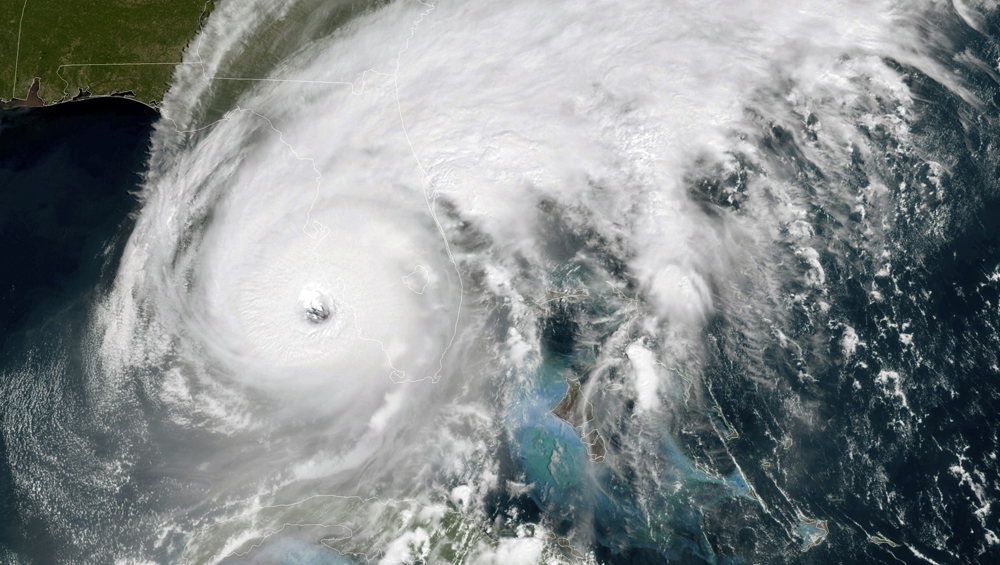
AI And The Future of Broadcast Meteorology

Artificial intelligence will allow local television stations to quickly produce, publish and post more weather content on multiple platforms. But they’ll still need a broadcast meteorologist to interpret and explain it.
Broadcast meteorologists are some of the busiest people in the newsroom. They don’t just forecast the weather. Usually working alone, they also create all the computer graphics, produce multiple weather hits for multiple newscasts, deliver the weather on-air and online, and manage several social media accounts.
As one of my clients told me during a recent coaching session, “I start working the minute I walk in the door, and I don’t stop for 10 hours.”

Tim Heller
This multitasking-intensive role has become more demanding over the past five years with the addition of extra newscasts, requiring the weather team to produce even more content. That demand is increasing as television stations expand their coverage on the station-branded website, mobile app and streaming platforms.
At some point, broadcast meteorologists are going to need AI assistance to get the job done.
“Don’t think of AI as something that replaces people. Instead, see it as a revolutionary new tool that allows people to do a better job,” says Hank Price, who spent 30 years leading television stations for Hearst, CBS and Gannett. In a recent article for TVNewsCheck, he wrote, “Artificial intelligence will give more creative control to real people, make their products better and open new horizons for television news.”
Imagine this: The broadcast meteorologist walks into the studio and logs into the weather workstation. Immediately, three monitors light up. On the left is AI-curated weather data for the meteorologist to review. The middle monitor displays a set of hits, teases and webcasts produced by AI based on the current and forecast weather conditions. On the right, another monitor features AI-generated first drafts of web articles, social media posts and content for CTV.
Should the meteorologist modify the forecast, AI promptly updates the format of the weather segments and revises the written content accordingly. As they adjust the graphics in the on-air weather presentations and edit the online articles and social media posts, AI learns the preferred storytelling style of the meteorologist. Over time, AI refines its output to align more closely with the meteorologist, minimizing the need for manual adjustments. With artificial intelligence assisting in every aspect of the weather production process, broadcast meteorologists can finally focus on what they do best: communicating complex weather information.
Price doesn’t think AI will replace the on-air anchor job. “You don’t need a research study to know viewers prefer to watch real people rather than a computer-generated re-creation, no matter how natural that pseudo being might appear to be,” he writes.
Yes, but we could use AI to quickly produce and deliver critical information during emergencies or downtimes. In the event of unexpected weather developments, AI-generated versions of the local weather team could efficiently relay critical information across different platforms, complete with personalized details and safety advice.
The technology already exists. ChatGPT can translate raw forecast data into conversational text, which can then be transformed into video with custom avatars using Synthesia and Colossyan. ElevenLabs and Adobe Enhance can create original voice-matched audio tracks. None of these AI video and audio components are perfect… yet. But after a couple of more years (months?) of development, it will be challenging to determine what’s real and what’s AI.
We just need someone to combine the technology and incorporate it into the weather workstation. Someone like one of the weather vendors used by every television station. Hello, Baron Weather and The Weather Company. Are you listening?
Much like the development of videotape, satellite and microwave transmission and the internet, artificial intelligence will profoundly alter the TV news business, just like it will affect every business and everyday life. With many television stations trimming staff to the bare bones, artificial intelligence might be the only way newsrooms can fulfill the demand for more broadcast and digital weather content. It may be the answer we need at a time when we need it most.
Tim Heller is an AMS-certified broadcast meteorologist, talent coach and weather content consultant with over three decades of on-air experience.























Comments (0)